Adapting rules for pub darts leagues is crucial for inclusivity, fairness, and continued enjoyment. This article explores various modifications and considerations for creating a more engaging and accessible experience for all players, regardless of skill level. We’ll cover handicapping systems, rule tweaks, and alternative game formats that can revitalize your local pub darts scene.
⚠️ Still Using Pen & Paper (or a Chalkboard)?! ⚠️
Step into the future! The Dart Counter App handles all the scoring, suggests checkouts, and tracks your stats automatically. It's easier than you think!
Try the Smart Dart Counter App FREE!Ready for an upgrade? Click above!
Why Consider Adapting Rules for Pub Darts Leagues?
Traditional darts rules, while time-tested, can sometimes create barriers to entry or lead to unbalanced competition, especially in pub leagues where skill levels vary widely. Adapting rules for pub darts leagues helps address these issues and offers several benefits:
- Increased Participation: Modified rules can make the game more accessible to beginners and casual players, encouraging them to join and stay involved. You may find Basic Darts Fundamentals for Beginners.
- Enhanced Fairness: Handicapping systems level the playing field, giving less experienced players a fighting chance against seasoned veterans.
- Greater Enjoyment: Rule variations can add excitement and variety to the game, preventing staleness and keeping players engaged.
- Improved Social Atmosphere: Inclusive rule changes can foster a more welcoming and supportive environment, making the league more enjoyable for everyone.
- Reduced Sandbagging: When handicaps are properly implemented, it deters players from intentionally underperforming to gain an unfair advantage later on.
Without adaptations, leagues risk losing players due to frustration or boredom. A vibrant and thriving pub darts league requires a proactive approach to rule-making.
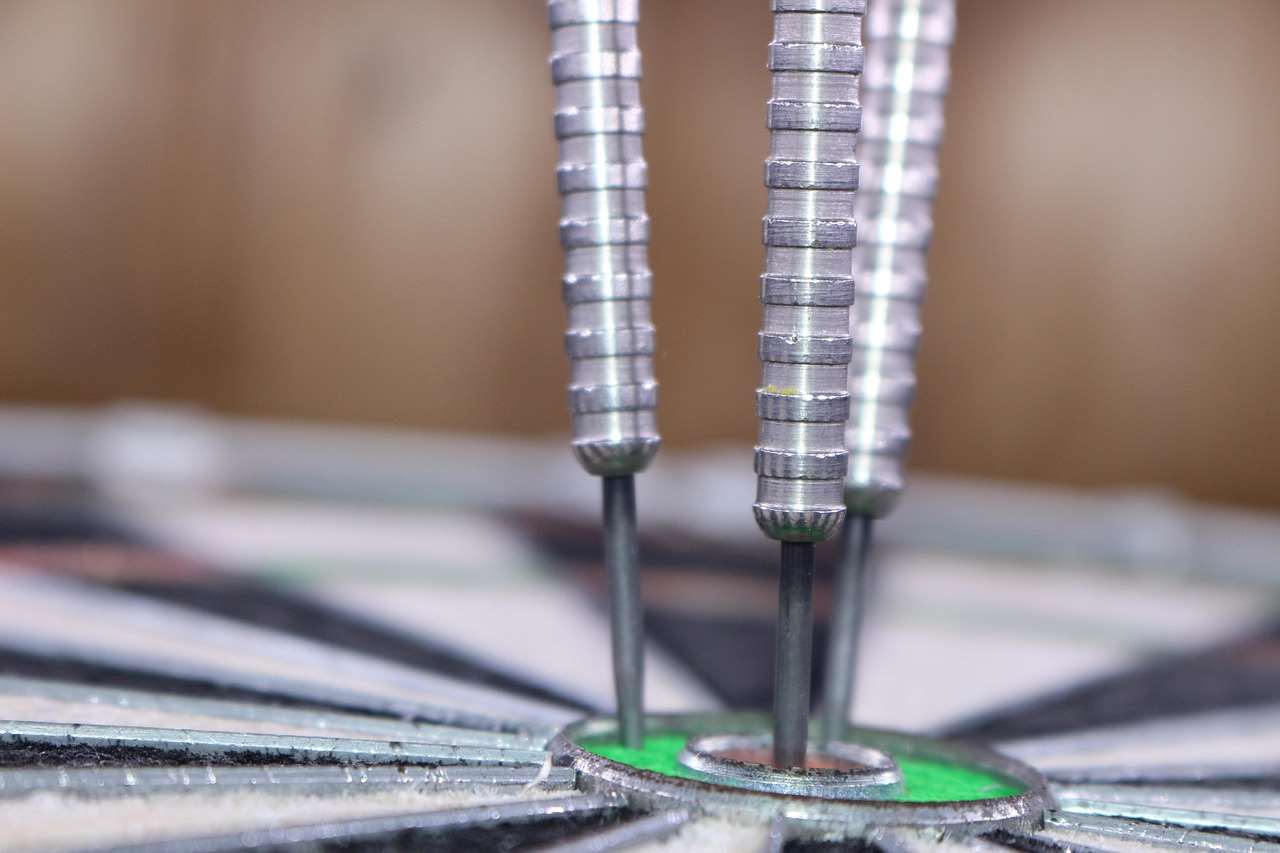
Common Rule Adaptations in Pub Darts Leagues
Many different rule modifications can be implemented to improve the pub darts league experience. Here are some of the most popular and effective options:
Handicapping Systems
Handicapping is arguably the most common method of adapting rules for pub darts leagues to create fairer competition. The goal is to give weaker players a statistical advantage to compensate for their lower skill level. Common handicapping methods include:
- Average-Based Handicaps: Players’ handicaps are calculated based on their average score per dart or per leg. A higher average results in a lower handicap (or none at all), while a lower average yields a higher handicap.
- Point Spotting: Less skilled players are given a certain number of points at the beginning of each leg or match. This is a straightforward and easy-to-understand method.
- Target Number Adjustments: Instead of starting at 501 or 301, weaker players might start at a lower number, effectively giving them a head start.
- Bullseye Bonus: Less experienced players may get extra points for hitting the bullseye, rewarding accuracy and boosting their scores.
When implementing a handicapping system, it’s essential to regularly review and adjust handicaps based on players’ performance to maintain fairness.
Modified Game Formats
Beyond traditional 501 and 301 games, introducing alternative game formats can add variety and excitement to the league. These formats often involve different scoring systems or objectives, creating new challenges and opportunities for players of all skill levels. Some examples include:
- Cricket: A strategic game where players must “close out” numbers (20, 19, 18, 17, 16, 15, and bullseye) by hitting them three times before their opponent does.
- Around the World: Players must hit each number on the board in sequence, from 1 to 20, then the bullseye.
- Killer: Each player is assigned a number, and they score points by hitting their number. However, if another player hits their number first, they become a “killer” and can eliminate other players by hitting their numbers.
Introducing these alternative darting formats can inject fresh energy into the league, encouraging participation and fostering a sense of fun.
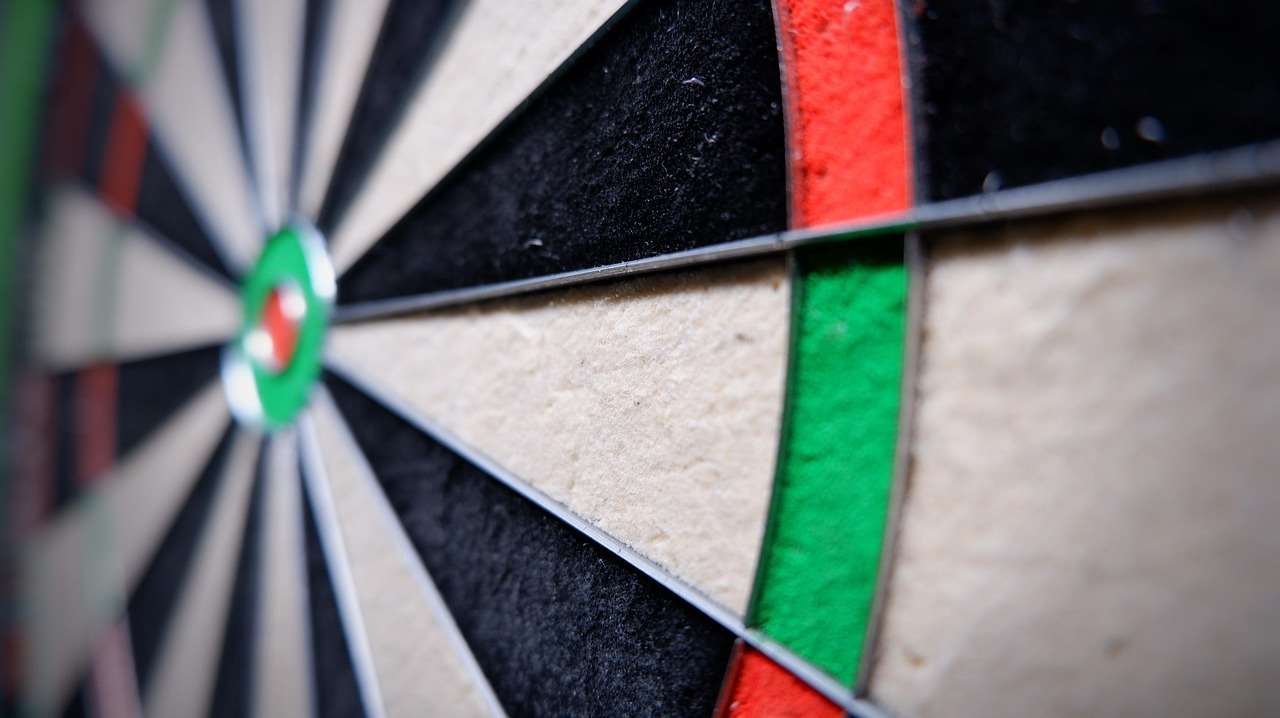
Rule Tweaks for Inclusivity
Small adjustments to standard rules can make a big difference in creating a more welcoming and inclusive environment. Consider these tweaks:
- Allowing Throwing Aids: For players with physical limitations, allowing the use of aids like footrests or support devices can enable them to participate more comfortably.
- Shortened Throwing Distance: For younger players or those with mobility issues, slightly reducing the throwing distance can make the game more manageable.
- Flexible Leg Starting Rules: Allowing a “mulligan” on the first throw of a leg can ease the pressure for beginners and help them get into the rhythm.
- Simplified Scoring: Instead of requiring doubles to start or finish a leg, allow players to start and finish with any number. This reduces frustration for less experienced players.
These seemingly minor changes can have a significant impact on the accessibility and enjoyment of the game for a wider range of players. Always remember the spirit of the game and consider if these adjustments ultimately detract from the overall level of competition.
Implementing Rule Changes Effectively
Introducing new or adapting rules for pub darts leagues requires careful planning and communication. A poorly implemented rule change can create confusion and resentment, so it’s important to follow these best practices:
- Gather Feedback: Before making any changes, solicit input from league members. Conduct surveys, hold meetings, or create an online forum for discussion.
- Clearly Communicate Changes: Once a decision is made, clearly communicate the new rules to all players. Provide written explanations, diagrams, and examples.
- Pilot Test New Rules: Before implementing a new rule league-wide, consider running a pilot test with a smaller group to identify any unforeseen issues.
- Provide a Trial Period: Give players a chance to adjust to the new rules before they become permanent. This allows for feedback and adjustments if needed.
- Be Prepared to Adjust: No rule change is perfect from the outset. Be open to making adjustments based on player feedback and observed outcomes.
- Transparency: Ensure all decisions and rule changes are documented and easily accessible to all league members.
By following these steps, you can ensure that rule changes are implemented smoothly and effectively, maximizing their positive impact on the league.
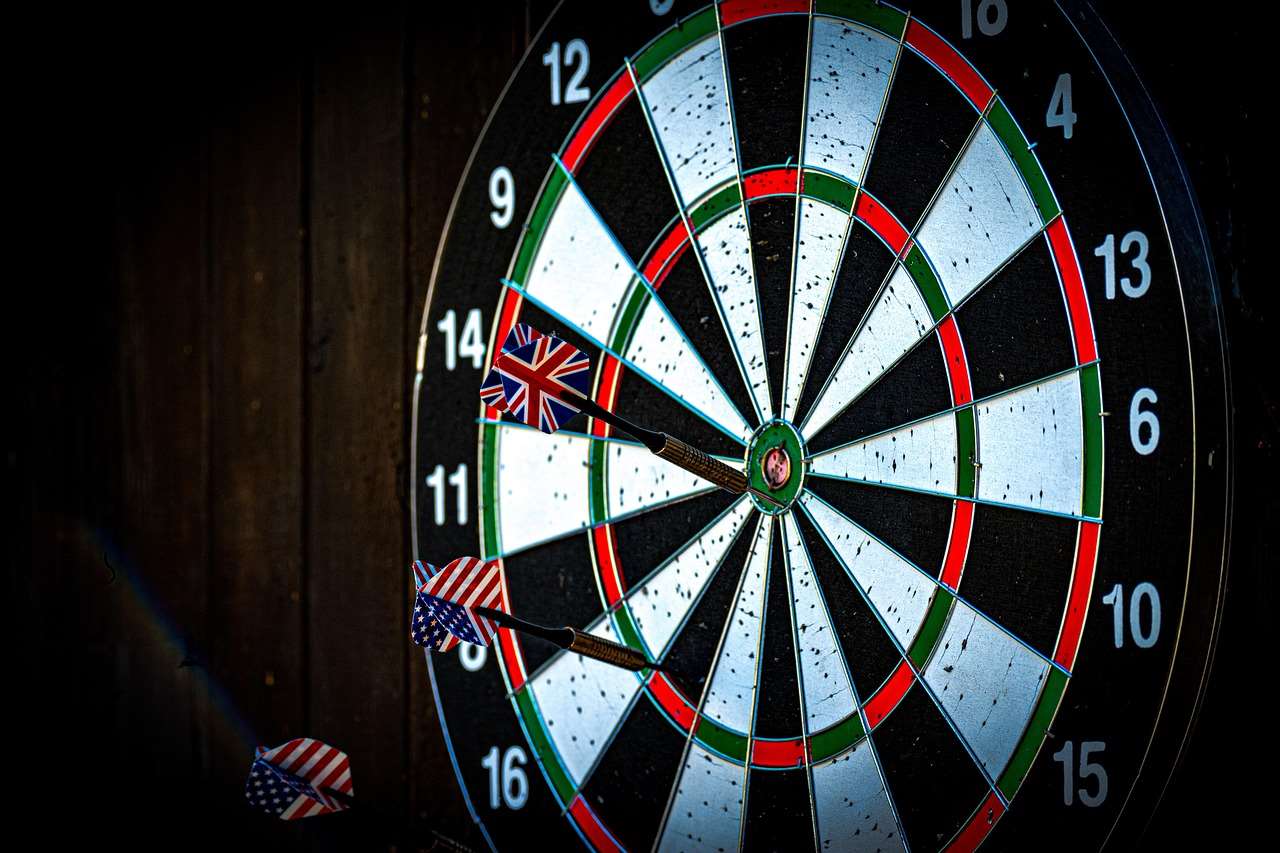
Examples of Successful Rule Adaptations
Many pub darts leagues have successfully implemented rule adaptations to improve their experience. Here are a few examples:
- The “Equalizer” Handicap: One league implemented a handicapping system based on players’ three-dart averages, with adjustments made weekly based on performance. This system significantly reduced the number of one-sided matches and made the league more competitive.
- Rotating Game Formats: Another league rotates between 501, Cricket, and Around the World each week, keeping things fresh and preventing players from getting bored. The variety of games also catered to different skillsets.
- Beginner-Friendly Rules: A newly formed league adopted simplified scoring rules, allowing any number to start and finish legs, to encourage more casual players to participate. This led to a surge in membership and a more vibrant social atmosphere.
These examples demonstrate the potential of adapting rules for pub darts leagues to create a more engaging, fair, and inclusive environment. You can also find Fun dart game variations with modified rules. Experimenting with different rule sets can lead to surprising and positive outcomes.
Addressing Common Concerns
When considering rule changes, it’s important to address potential concerns that players may have. Some common concerns include:
- “Sandbagging”: The fear that players will intentionally underperform to lower their handicap. Implement measures to detect and penalize sandbagging, such as reviewing unusually poor performances or using statistical analysis to identify outliers.
- Complexity: Concerns that new rules will be too complicated to understand. Keep rules as simple and straightforward as possible, and provide clear explanations and examples.
- Loss of Tradition: Some players may resist changes to the traditional rules of darts. Emphasize that the goal is not to abandon tradition but to enhance the game for everyone.
- Unfair Advantages: Worries that certain rule changes will unfairly benefit specific players or groups. Carefully consider the potential impact of each rule change and make adjustments as needed.
By proactively addressing these concerns, you can build support for rule changes and ensure that they are implemented smoothly and effectively. Don’t forget about Adapting darts rules for beginners.
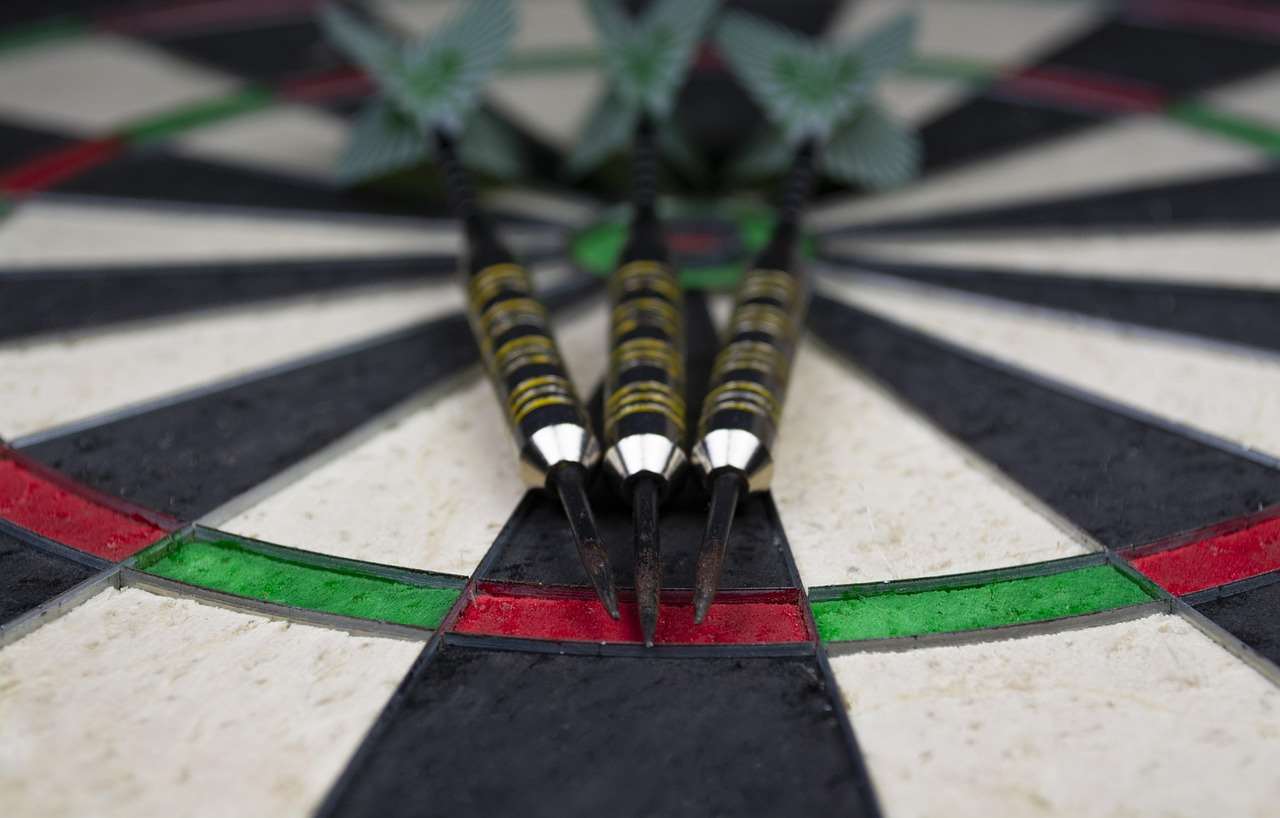
Beyond the Basics: Advanced Rule Adaptations
For leagues seeking more sophisticated rule adaptations, consider these advanced options:
- Dynamic Handicapping: A system where handicaps are automatically adjusted in real-time based on players’ performance during a match.
- Weighted Averages: Calculating handicaps based on a weighted average, giving more weight to recent performances and less weight to older ones.
- Tiered Handicapping: Dividing players into tiers based on skill level and implementing different handicapping systems for each tier.
These advanced adaptations require more complex tracking and analysis but can provide even greater fairness and engagement.
The Role of Technology
Technology can play a significant role in adapting rules for pub darts leagues. Online scoring systems, automated handicapping calculators, and mobile apps can streamline the process of tracking scores, managing handicaps, and communicating with players. Consider using these tools to simplify administration and improve the overall league experience.
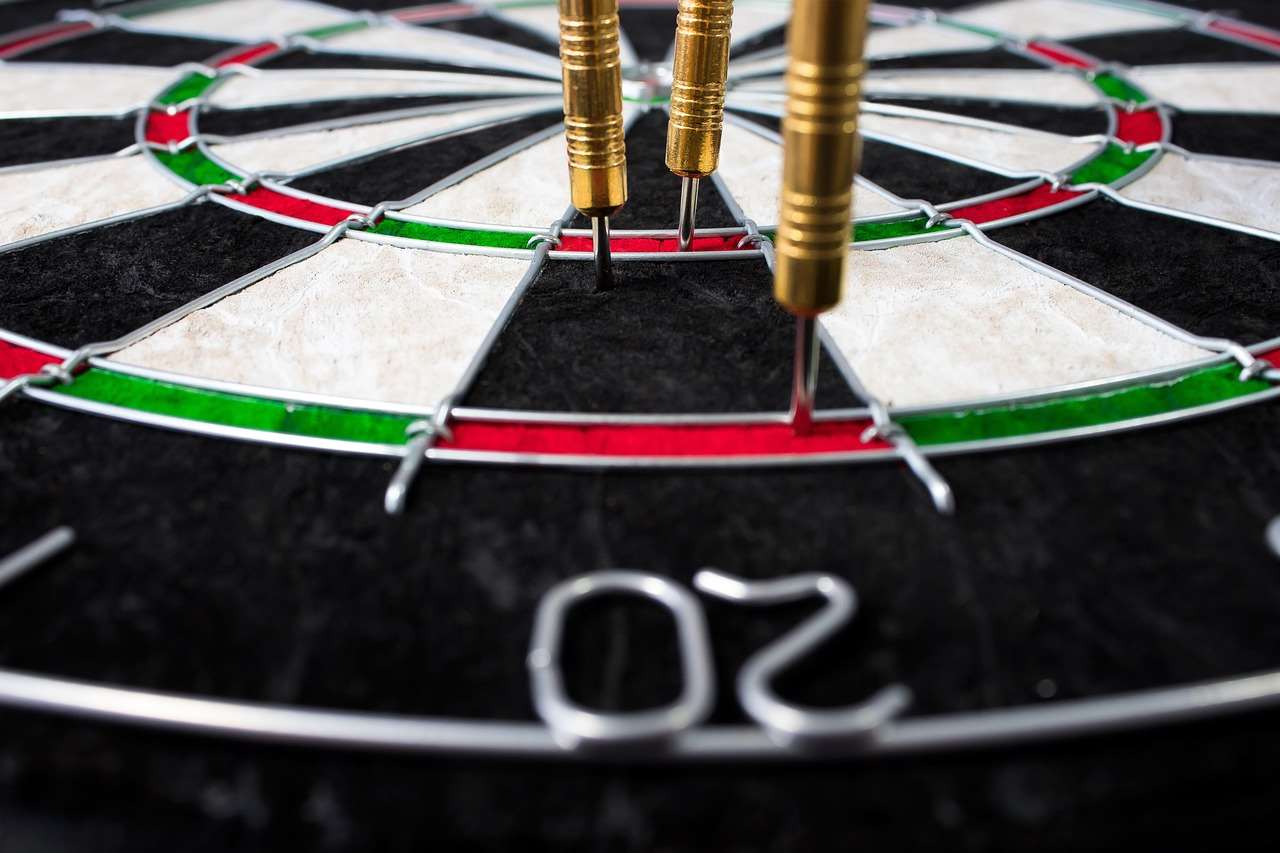
Conclusion
Adapting rules for pub darts leagues is a dynamic process that requires ongoing evaluation and adjustment. By considering the needs and preferences of your players, embracing innovative rule changes, and leveraging technology, you can create a more engaging, fair, and inclusive environment that fosters a thriving darts community. Remember, the goal is to make the game more enjoyable for everyone, encouraging participation and promoting a lifelong love of darts. So, take the initiative to assess your league’s current rules and explore the possibilities for improvement. Start a conversation with your fellow players, experiment with new ideas, and create a darts league that is truly welcoming to all.
Hi, I’m Dieter, and I created Dartcounter (Dartcounterapp.com). My motivation wasn’t being a darts expert – quite the opposite! When I first started playing, I loved the game but found keeping accurate scores and tracking stats difficult and distracting.
I figured I couldn’t be the only one struggling with this. So, I decided to build a solution: an easy-to-use application that everyone, no matter their experience level, could use to manage scoring effortlessly.
My goal for Dartcounter was simple: let the app handle the numbers – the scoring, the averages, the stats, even checkout suggestions – so players could focus purely on their throw and enjoying the game. It began as a way to solve my own beginner’s problem, and I’m thrilled it has grown into a helpful tool for the wider darts community.